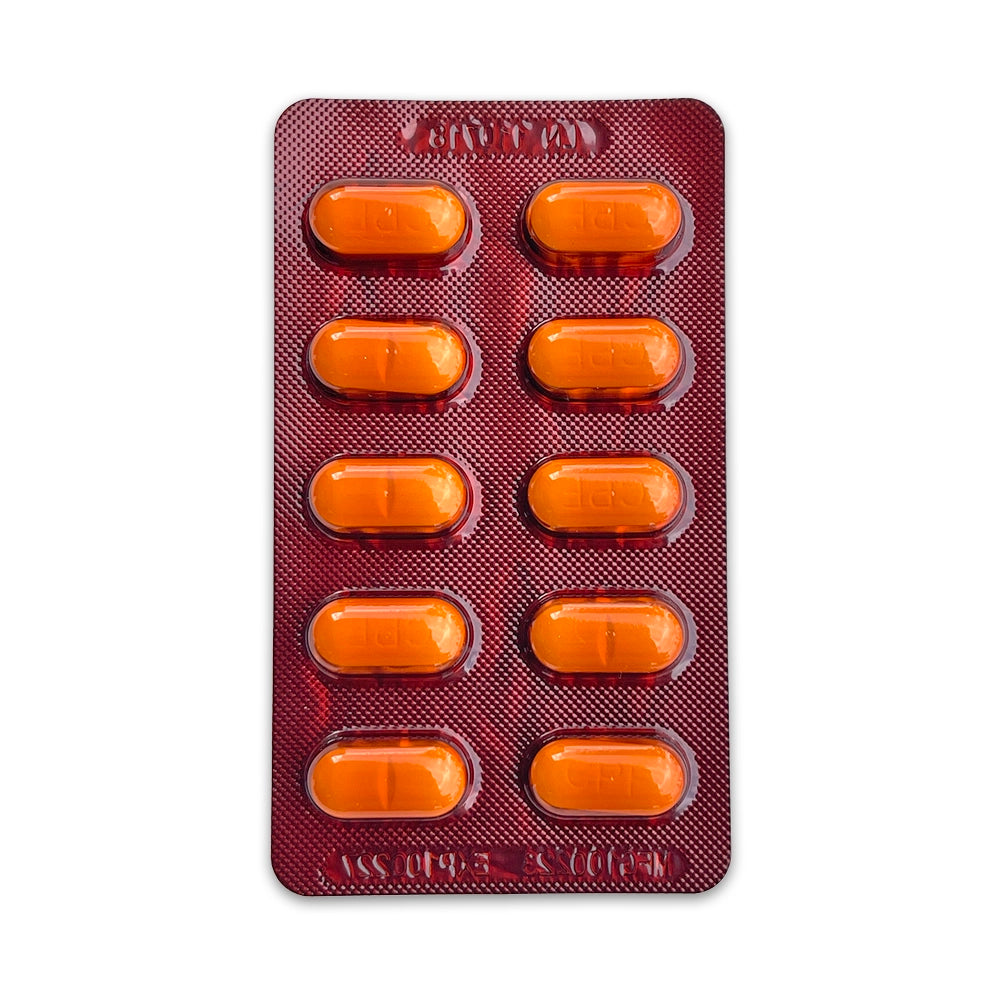no tank I'll ever manage will need it, whether in person or remote management. you might get ten backpats from those who might cheat but don't think that's required, or ever needed given tighter reefing controls such as not buying corals and implanting them right into the display. I'm going on eighteen years growing sps in a fishbowl...no stn, no rtn, surely large tankers can pull it off in a hundred times the gallonage without becoming dependent on cheats they can no longer buy>
we control tissue loss challenges in sps by modulating the light power and frequency and adjusting water change rates, that gets us cures. yours may indeed respond like ours do several times on cipro, but you're doing great harm to your nontargets by exposing them to a med they don't need.
our method strengthens reef tanks, to have flushout events and simple light tuning. no resistant strains of pathogens are selected in heavy water export design + turning the lights down low a few weeks.
if this was being done in a qt, before they went into the display, that could be claimed as better control.
but not the nontarget substrates, there are specific reasons you don't want those exposed to low level guesstimate stuff I bought off the internet antibiotics
now there aren't any available for tinkering, or at least soon that will be the case. that's why the method is also bad.
there are physical means of reefing that prevent the need for this cheat which can no longer be had, and now we watch forced evolution occur. the strong reefs and methods will be selected for vs against.
Congratulations! You sound way to confident in the way you speak. Just because you haven't had an issue like this in twenty years of managing a fish bowl doesn't mean these issues do not happen in the hobby.
How many corals, snails, etc have you introduced into that fish bowl of yours over the years? Have you received corals or a frag pack from any of these chop shops over the last couple of years?
I don't care who you are or how many "work threads" you do; there is no amount of cleaning that can be done to remove bacteria from your entire system. If your tank is infested with pathogenic bacteria, then the only thing you can do without treating it with an antibiotic is basically remove everything and bleach the entire system, including filtration, piping, etc.
Sure, you could clean, clean, clean, and then run UV. Try to introduce good bacteria and probiotic's in the hopes that they outcompete the bad bacteria. Even then, how long would that take? 2 months, 6 months, a year, or longer? Would they get better or would they die during this path of action? Why subdue your entire system to a pathogenic foreign bacteria so you can start yet another self-proclaiming "work thread" when you can TREAT it properly and effectively and eliminate the problem so your corals can survive?
I hope you never receive a bacterial infection and the doctor says let's just rip your entire gut apart because taking this pill is "cheating."















